How Attention Shapes Our Reality in Daily Life
004 Attention is the architect of reality, sculpting the world through what we choose to see and feel. Delve into the profound interplay of mindfulness, psychology, and quantum physics to uncover how your focus shapes not only your perceptions but the very essence of existence.

Attention Series 004
In the previous article of this "Attention Series", we explored the idea that human attention may have a power that isn't immediately obvious.
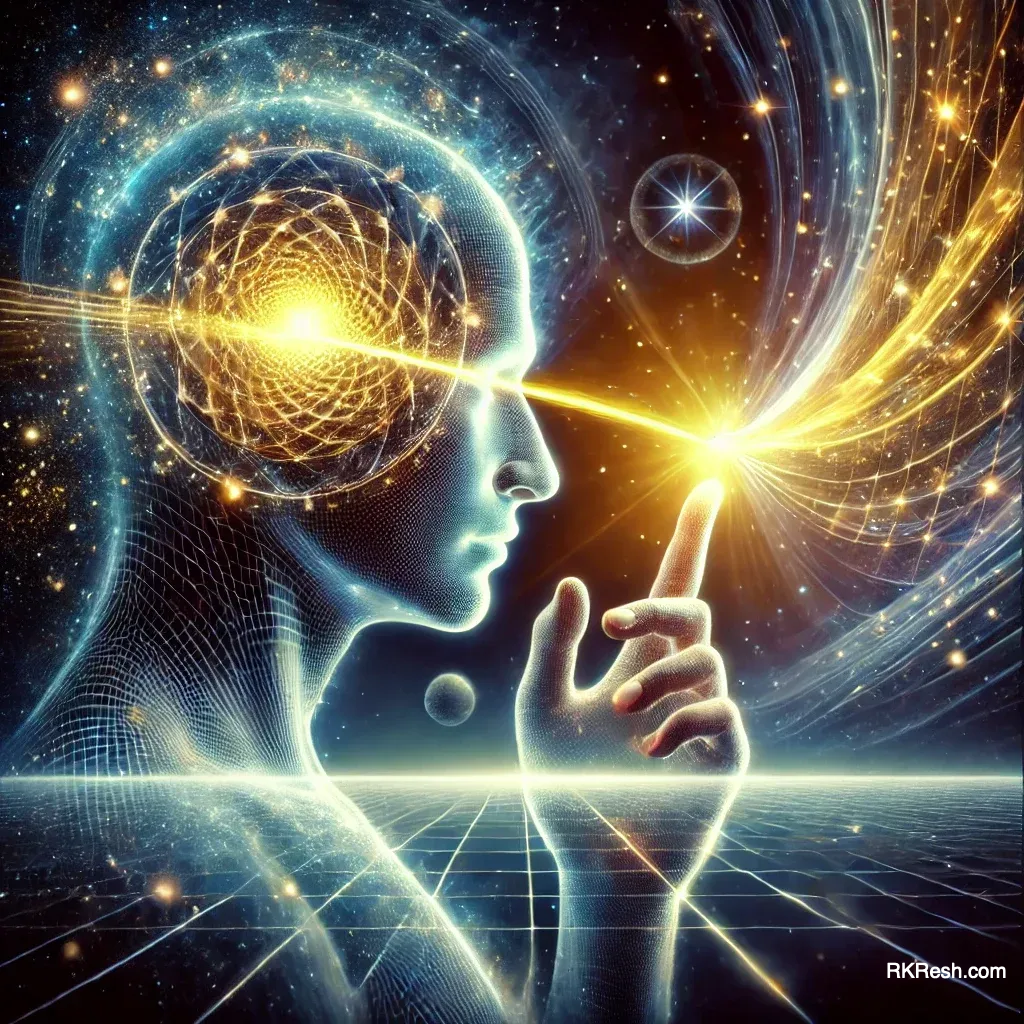
Reality, as we know it, is not merely the backdrop against which life unfolds. It is something we construct, shape, and mould with every passing moment. And at the core of this creation lies a subtle yet profound force—attention.
Attention is more than a mental faculty. It is the lens through which we sift through the chaos of existence, finding patterns, assigning meanings, and constructing the world we perceive. But how does something as ephemeral as focus ripple out to sculpt the tangible contours of our daily lives? That question will guide us through this exploration of attention, weaving together perspectives from psychology, esoteric thought, and even the mysteries of quantum mechanics.
If you’ve wondered how your focus alters the way you experience life—or if you’ve pondered whether consciousness and reality intertwine in fundamental ways—this is your invitation to stretch the boundaries of what you know.
The Psychological Power of Attention
The Gatekeeper of Perception
Imagine walking through a bustling market. Voices rise and fall, colors blur together, and scents clash—yet you zero in on a vibrant orange scarf in a sea of stimuli. This is selective attention at work, the cognitive faculty that lets you filter information and focus on what truly matters to you at that moment.
Psychologists have studied selective attention extensively, offering insights into its almost magical ability to reshape reality. A classic example is the invisible gorilla experiment, where participants watching a basketball game were so focused on counting passes that they failed to notice someone dressed as a gorilla walking through the scene. It’s not that the gorilla wasn’t "real." Rather, it lived outside the boundaries of their attention—a reminder that reality is as much about what we leave out as what we take in.
Thought Experiment
You might say, "Well, RK, the person in the gorilla suit was still there, even if people didn’t notice. How can attention possibly change reality? That’s just absurd." Fair question. Here’s my take: the reality of that experiment exists on multiple layers, which I like to call the Consciousness Scale. Awareness of something isn’t confined to the participants alone.
The experiment designers, for instance, were fully aware of the person in the gorilla suit and their role in the setup. And, of course, the person wearing the gorilla suit certainly had an acute awareness of their own presence (I’d imagine so). Beyond that, the experiment took place in a room, within a building, on a street, in some city. All of these elements—the "attributes" of reality—existed within the awareness of countless others. The people working in that building, for example, undoubtedly knew the building existed and didn’t question it. So, the more complex the reality, the more collective the consciousness that creates it, it may seem.
This opens up an interesting avenue to explore how layers of attention function. When our attention is diffused, does it only illuminate things we’re vaguely aware of? When it’s more focused, does it highlight the things we know deeply? And when it’s laser-focused, does it center on the things we’re emotionally invested in?
I’d love to hear your thoughts on this!
When Attention Skews Truth
Attention also shapes reality in subjective, sometimes deceptive ways. Consider cognitive biases, the mental shortcuts our brains use to process information. Take the Stroop effect, where participants struggle to name the colour of a word when the word itself spells out a different colour (e.g., the word "blue" written in red ink). These mismatches reveal how attention must juggle conflicting inputs—and how it impacts perception.
Every day, similar biases subtly craft the stories we tell ourselves about the world, influencing what we notice, what we ignore, and how we interpret meaning.
Esoteric and Philosophical Views of Attention
Awareness as a Creative Force
Step for a moment into the realms of esoteric philosophy, where attention is more than a filtering mechanism—it is a tool of creation. Ancient Hermetic teachings posit that “the All is Mind” and that focus, or directed thought, generates energy patterns that coalesce into reality. By paying attention to something, we breathe life into it, drawing it from the abstract into existence.
Buddhist traditions, too, speak to this power. Through mindfulness, practitioners live in complete awareness, observing the moment rather than projecting onto it. This presence reshapes their experience, crafting a reality rooted in peace, clarity, and harmonious connection.
Might our lives, too, be shaped by the quiet act of noticing?
The Sacred Power of Observation in Ancient Egyptian Funerary Art
When I peruse the funerary art of Ancient Egypt, I am struck by its meticulous structure and profound intentionality. Among the many formulas inscribed, the traditional offering formula, beginning with "May the King give...," reflects a systemized communication with the divine—a request for sustenance, protection, and favour from the gods via the King. And then, there is the "MAA formula" that enticed me. Embedded within this phrasing, which translates to the act of "looking" or "observing" something situated before the deceased, I began to sense layers far beyond the literal. Ancient Egyptian culture is renowned for its multi-dimensional perspectives, where spiritual, symbolic, and practical meanings interweave seamlessly.
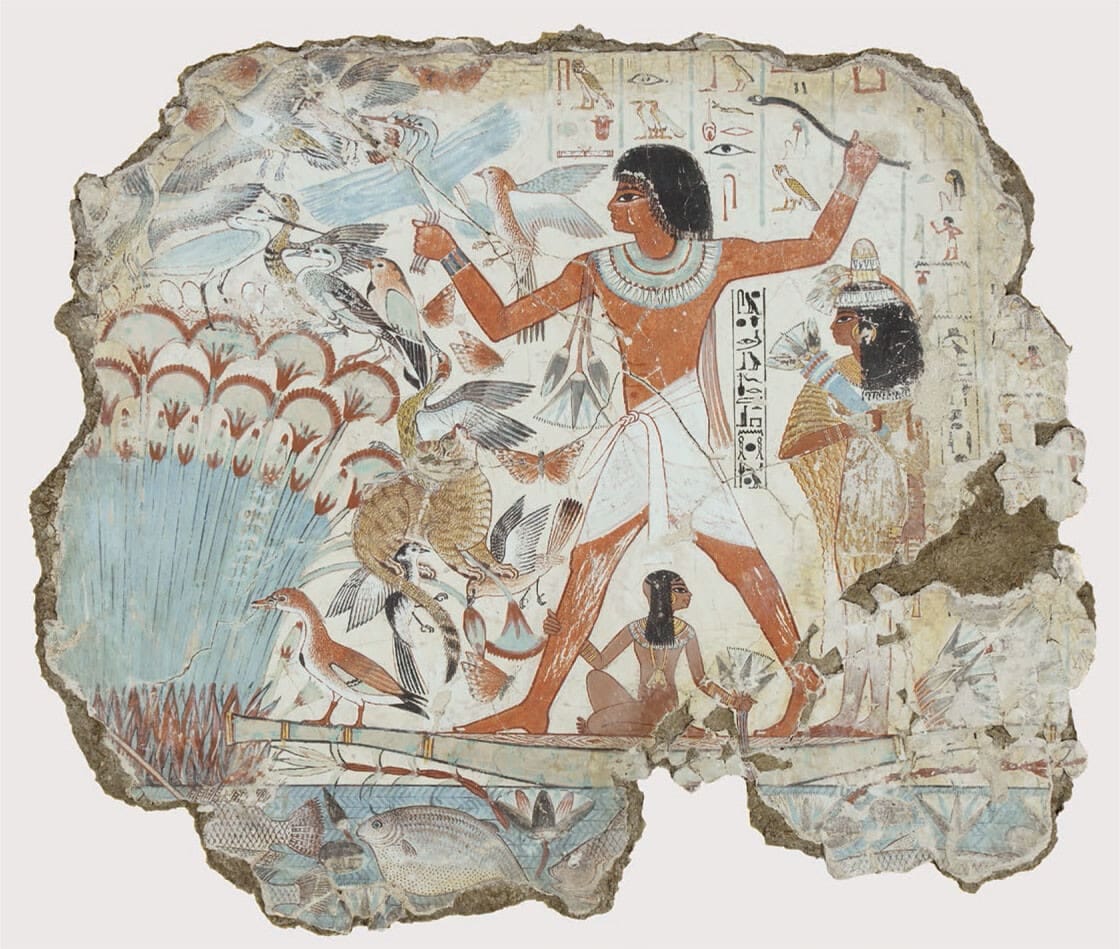
Could this formula hold a mystical teaching on the sacred power of observation? To look, in this sense, may have been more than a physical act—it could have signified an alignment of awareness, an invitation to not merely see, but to witness the inner nature of what lies before the soul. The repetition and stability of this formula suggest its importance, and I wonder if it whispers a universal truth about perception and the creation of experience.
The Sculptor in the Mind
Philosophers through the ages have likened attention to a sculptor chiselling at infinite possibilities to carve out something tangible. The 20th-century phenomenologist Maurice Merleau-Ponty suggested that the act of perceiving the world is not passive. Instead, it is an intimate dance, through which we shape the very fabric of our lived experiences.
Could attention be the alchemical forge through which thought transforms into being?
Attention Through the Lens of the Quantum World
Consciousness and the Observer Effect
The quantum world offers yet more provocations to the intrepid mind. Scientists have found that particles of matter behave differently when observed—this phenomenon is called the observer effect. On some level, the act of measurement, of paying attention, influences the behaviour of reality itself.
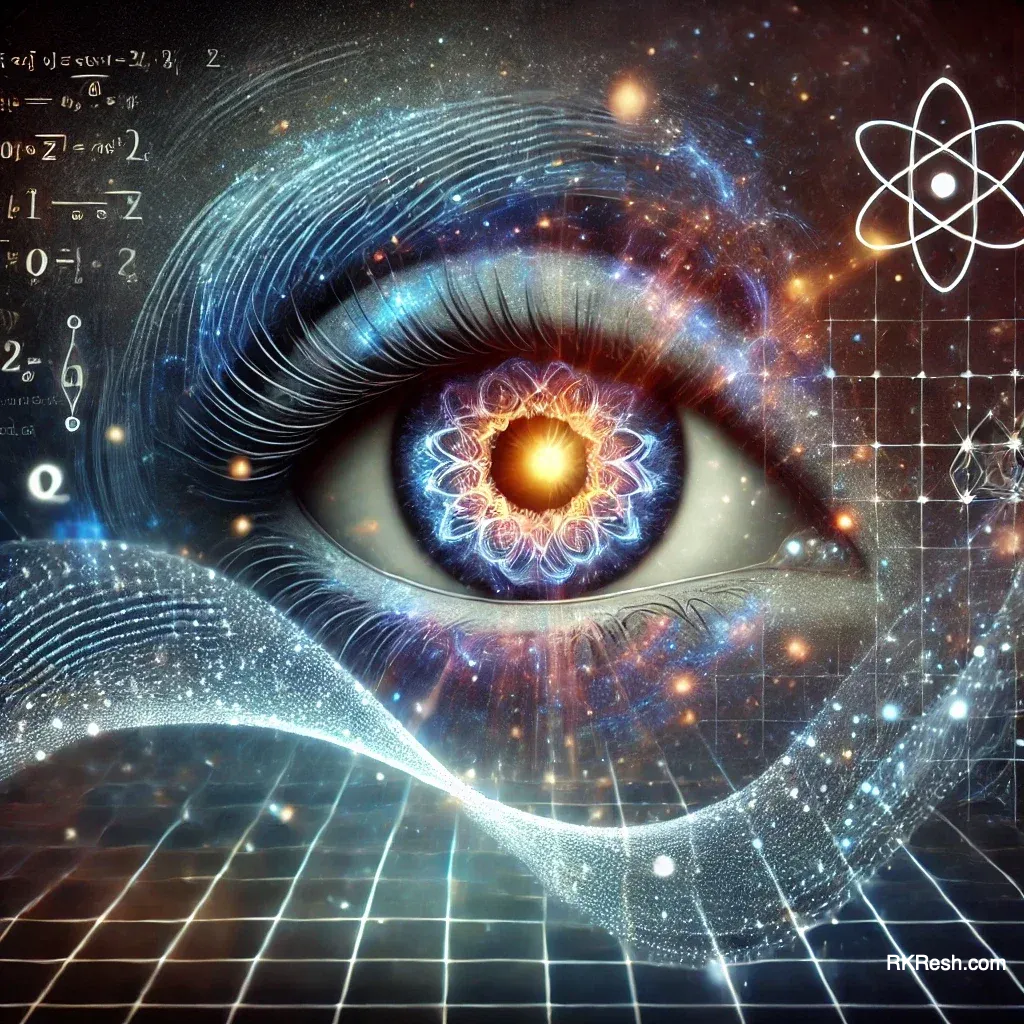
While quantum mechanics might seem a galaxy apart from our daily lives, is it possible that this principle extends beyond particles? Do we, as observers of our personal realities, shape outcomes by focusing our attention? After all, aren't we collections of particles working together?
Parallels Between Quantum Physics and Focus
Think of your mind as the quantum observer, collapsing the infinite waves of potential experience into singular moments of tangible reality. The choices you make about where to focus—on gratitude or grievance, on abundance or lack, on connection or division—could echo the duality of a particle and a wave. Attention, then, becomes the bridge between potentiality and reality, the unseen thread weaving the tapestry of existence.
Practical Applications of Attention-as-anchor?
Consciously Shape Your Reality
If attention is indeed this powerful, the implications for our daily lives are profound. How can we direct it to consciously shape reality?
- Practice Mindfulness: Pause and gently refocus on the present moment. Notice the sensations in your body, the rhythm of your breath, or the texture of the air on your skin. Each moment of presence creates a solid foundation for your reality.
- Set Clear Intentions: Attention thrives on clarity. Write down your goals or visualize the outcomes you want to achieve. This focus helps align your subconscious with your conscious desires.
- Guard Your Attention: With an increasingly fragmented digital landscape, distractions abound. Guard your attention as you would a precious resource—it shapes more than your experiences; it shapes your existence.
- Question Cognitive Biases: Awareness of your mental shortcuts helps prevent skewed perceptions from dictating outcomes. Aim to approach situations with curiosity rather than preconceived judgment.
Explore the Deeper Implications
If attention serves as the doorway through which we experience, perceive, and shape the world, what lies beyond? Could focusing your energy create ripple effects, altering not just your experience but the collective human condition? Exploring this idea could unravel connections between science, spirituality, and the fabric of consciousness itself.
Focus Your Attention, Craft Your Life
Attention appears to be not merely a tool; it can be seen an act of creation. It filters the overwhelming complexity of existence into a clarified beam of light, producing the reality you inhabit.
Whether through psychological experiments that reveal its quirks or esoteric philosophies that celebrate its creative power, attention invites us to take a more active role in shaping reality. It transcends the cerebral and dwells in the realm of the sublime—a quiet magician shaping worlds from whispers.
What story will you craft with your focus? Allow yourself to go deeper. Look closer. Pay attention. Your reality might just lie within your grasp.



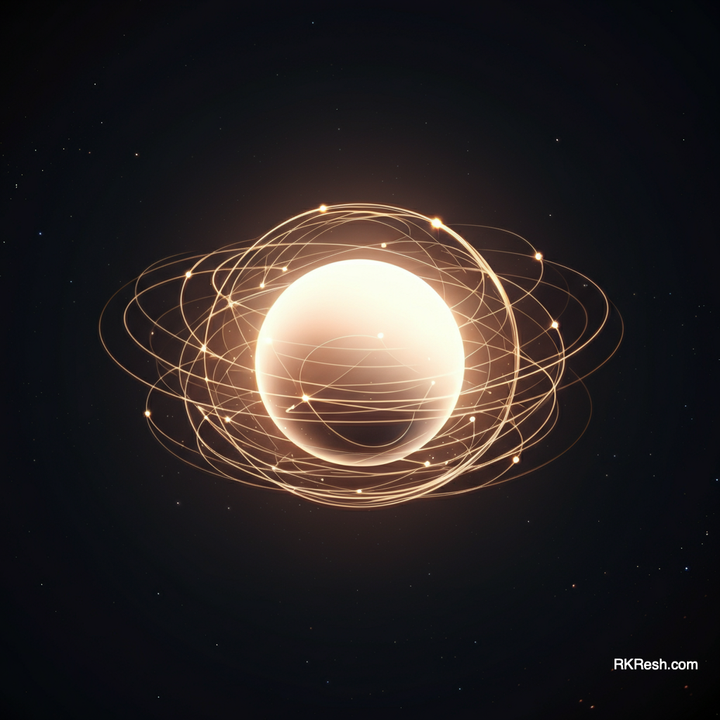
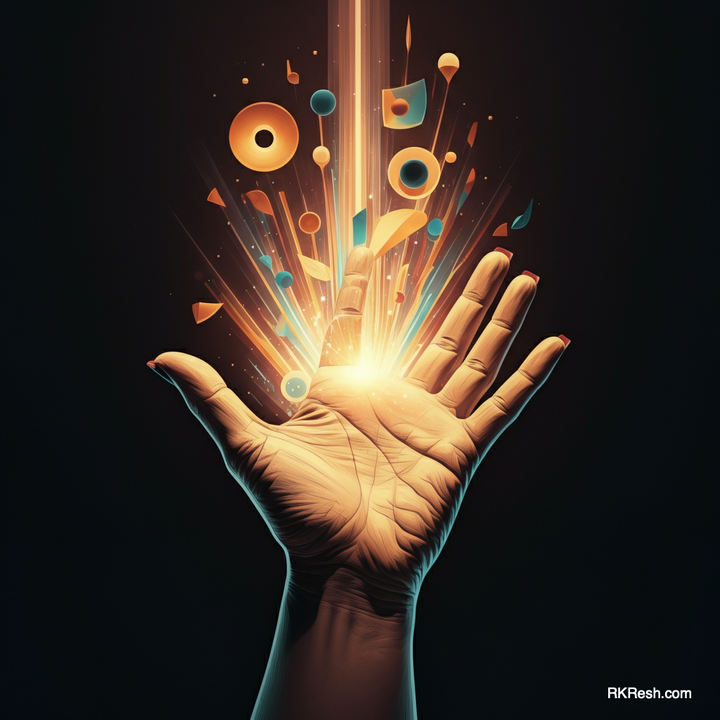
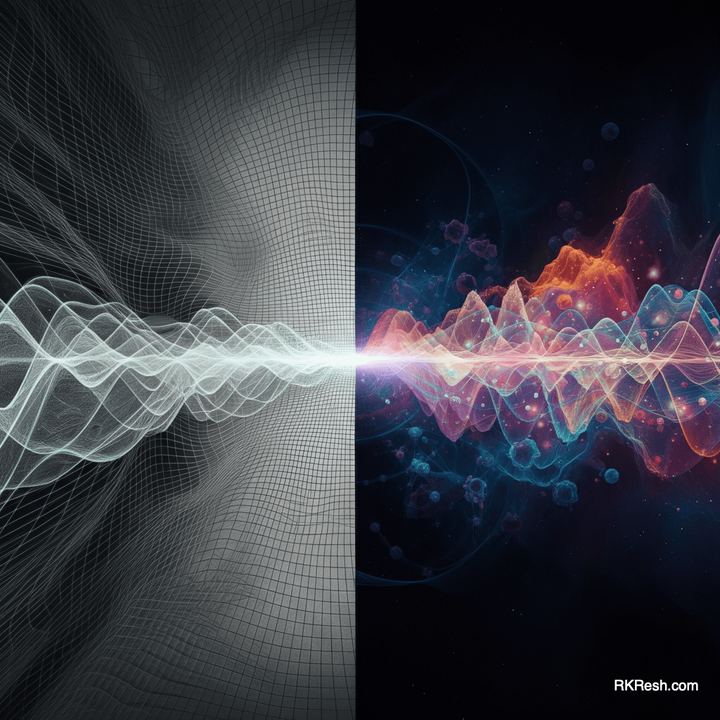
Comments ()